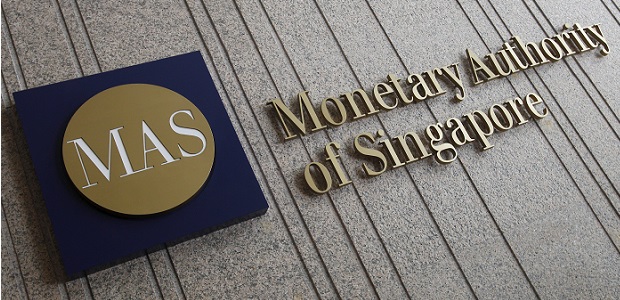
Phase 5 of Project Ubin has demonstrated the commercial applicability, viability and benefits of blockchain technology across industries, beyond capital markets and trade finance. This validates the efforts in exploring and building blockchain solutions focusing on digital identity, digital currencies and financial asset tokenisation.
The Monetary Authority of Singapore (MAS) and Temasek today jointly released a report to mark the successful conclusion of the fifth [1] and final phase of Project Ubin. The report “Project Ubin Phase 5: Enabling Broad Ecosystem Opportunities (3.53 MB)”, provides technical insights into the blockchain-based multi-currency payments network prototype that was built and describes how the network could benefit the financial industry and blockchain ecosystem.
The report, which Accenture was commissioned to publish, examines the use of blockchain technology in commercial applications across different industries, and how these applications could benefit from integrating with the blockchain-based payments network prototype developed. These benefits were validated through workshops conducted with more than 40 financial and non-financial firms engaged in Phase 5 of Project Ubin.
The key findings of the report include –
. The multi-currency payments network prototype developed under Project Ubin Phase 5 successfully settled payments in different currencies on the same network. An international settlement network, modelled after this payments network prototype, could enable faster and cheaper transactions than conventional cross-border payments channels.
. Project Ubin Phase 5 validated the use of smart contracts on the payments network prototype in use cases such as Delivery-versus-Payment (DvP) settlement with assets on private exchanges, conditional payments and escrow for trade, as well as payment commitments for trade finance.
. The commercial applications of the payments network prototype include cross-border payments in multiple currencies, foreign currency exchange, settlement of foreign currency denominated securities, as well as integration with other blockchain-based platforms to enable end-to-end digitalisation across many industries and use cases.
The payments network prototype, developed in collaboration with J.P. Morgan and Temasek, can serve as a test network to facilitate collaboration with other central banks and the financial industry for developing next generation cross-border payments infrastructure. Technical specifications for the functionalities and connectivity interfaces of the prototype network have been made publicly available to spur further industry development.
Mr Sopnendu Mohanty, Chief FinTech Officer, MAS, said, “As with all innovation adoption, there is a time for experimentation, and a time for commercialisation. Project Ubin has worked with the financial industry and blockchain community on a journey of experimentation, prototyping and learning. This has built a strong foundation of knowledge, expertise and experience, and paved a path towards commercial adoption. Following the successful experimentation over five phases, we look forward to greater adoption and live deployment of blockchain technology.”
Mr Chia Song Hwee, Deputy Chief Executive Officer, Temasek, said, “Blockchain technology has great potential in transforming businesses and opening up new business opportunities. Phase 5 of Project Ubin has demonstrated the commercial applicability, viability and benefits of blockchain technology across industries, beyond capital markets and trade finance. This validates Temasek’s efforts in exploring and building blockchain solutions focusing on digital identity, digital currencies and financial asset tokenisation. We look forward to supporting commercialisation efforts emanating from Project Ubin and other application areas, with a view to drive greater adoption of blockchain technology.”
Ms Lay Lim Teo, Accenture’s country managing director for Singapore, said, “Through Project Ubin, we have identified areas where blockchain-based solutions can be deployed at scale and drive greater payment efficiency across industries. The financial ecosystem is an integral part of Singapore’s ambition to be a Smart Nation. The collaboration between financial and non-financial firms to create the network necessary to support multi-currency payments will also drive new products and services that generate new revenue streams.”
Mr Umar Farooq, Managing Director & Head of Blockchain, J.P. Morgan, said, “J.P. Morgan is a leader in building commercial solutions using blockchain technology. We have been an active contributor to Project Ubin since its inception, leveraging our learnings and infrastructure including Quorum®, Interbank Information Network® (IIN) and JPM Coin. Phase 5 has demonstrated how broadly blockchain technology can impact the future of business and we look forward to working with MAS, Temasek and other banks to develop and scale commercial solutions for the industry.”
***
(1) MAS announced the fifth phase of Project Ubin on 11 November 2019, following the successful development of a blockchain-based prototype for multi-currency payments. Please see link to MAS’ media release for more details.
Banking 4.0 – „how was the experience for you”
„To be honest I think that Sinaia, your conference, is much better then Davos.”
Many more interesting quotes in the video below: